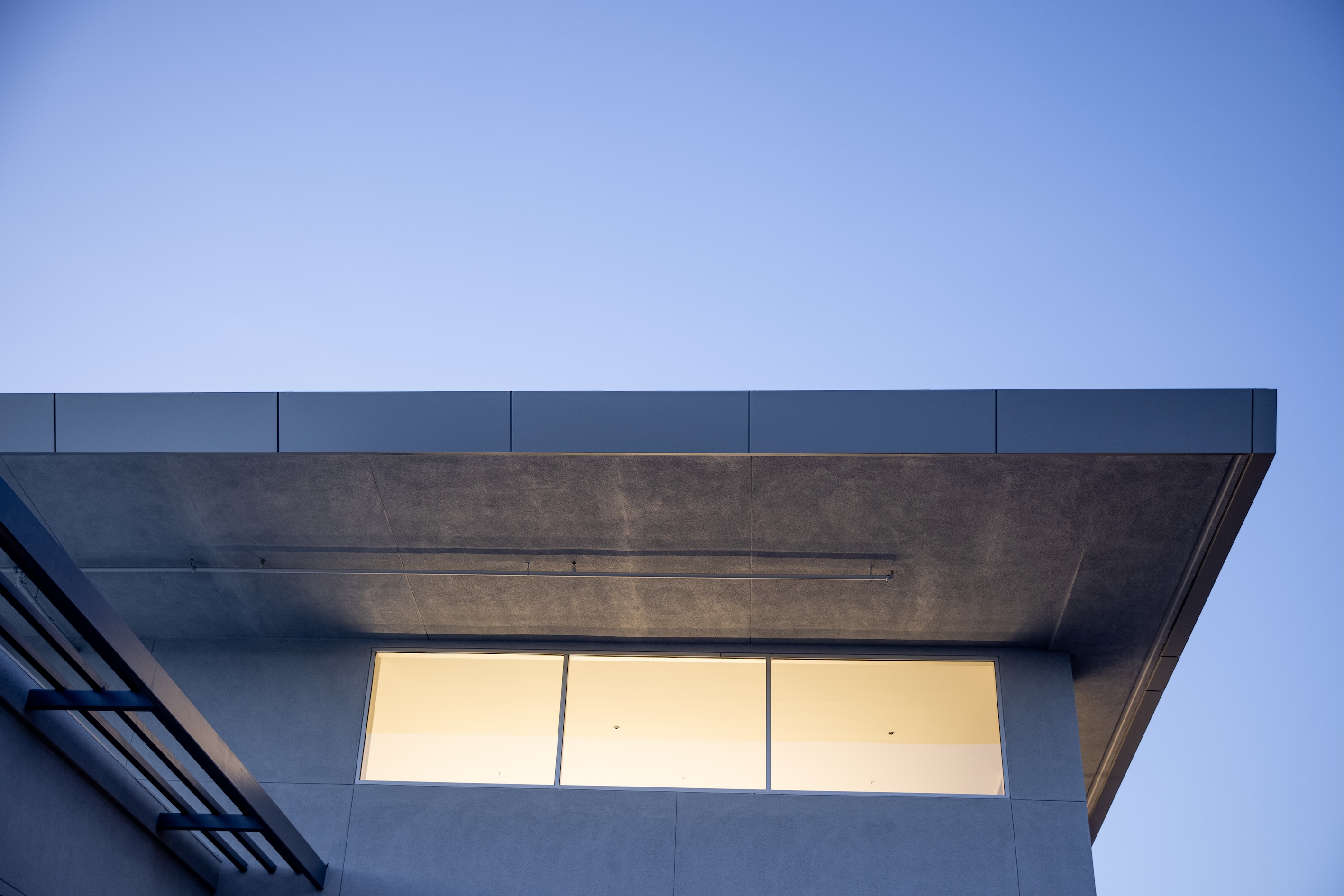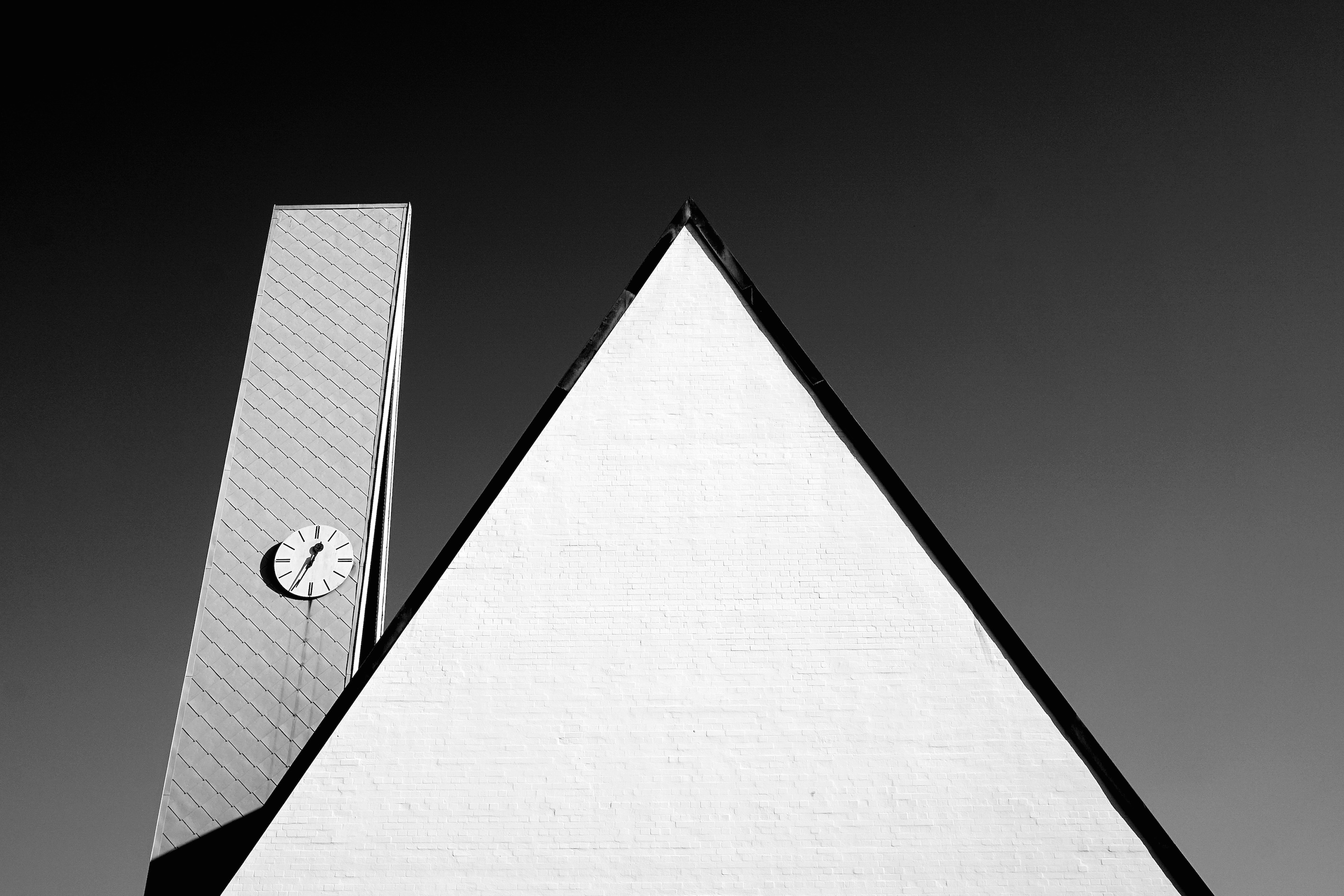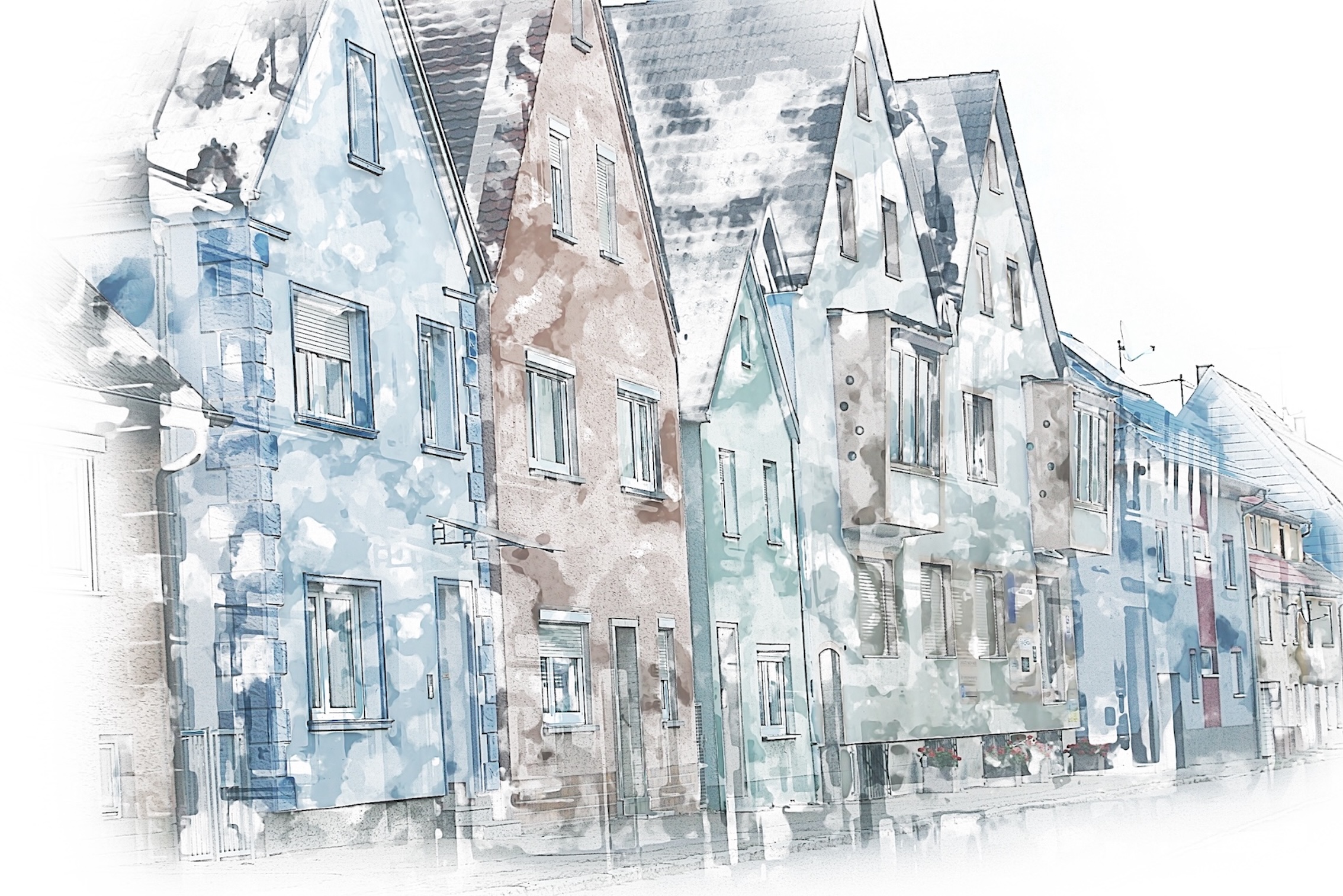Warm roofs – also known as warm deck roofs – are now the preferred solution for insulating flat and low-pitch roofs in Britain. By placing a continuous layer of insulation above the roof deck and beneath the waterproofing membrane, this construction method keeps the entire roof structure within the insulated envelope. The result is superior thermal efficiency, reduced heat loss, and significantly lower risk of condensation or timber decay.
Why Warm Roofs Are the Preferred Choice
Property owners are increasingly opting for warm roof systems because they offer:
-
Improved energy efficiency – continuous insulation helps achieve low U-values with minimal thickness.
-
Enhanced durability – the roof deck is kept warm and dry, reducing the risk of rot and structural damage.
-
Compatibility with multiple finishes – including EPDM rubber, single-ply membranes, GRP fibreglass, torch-on felt, and liquid-applied systems.
-
Compliance with Building Regulations – easier to meet the standards set out in Approved Document L for thermal performance.
Warm Roof Insulation Materials
Choosing the right insulation is critical to the performance and longevity of a warm roof. The most common options include:
PIR (Polyisocyanurate) Boards
A rigid foam insulation board offering excellent thermal efficiency per millimetre, making it ideal for projects where build-up thickness is limited. PIR is the most widely specified material for flat roofs across Britain.
Phenolic Boards
Known for their very low thermal conductivity, phenolic boards provide outstanding performance with a slimmer profile than most other insulation types – ideal for projects with strict height restrictions.
Polyurethane (PUR) and Spray Foam
Available as pre-cut boards or spray-applied foam, PUR can eliminate air gaps and reduce thermal bridging. Spray applications should be carried out by trained professionals to ensure proper ventilation control and safe installation.
Mineral Wool Boards
A non-combustible option with excellent fire resistance and good acoustic properties. While mineral wool requires a thicker build-up to achieve the same U-value as PIR, it is ideal for projects prioritising fire safety and breathability.
Wood-Fibre Boards
A sustainable, vapour-permeable insulation choice suited to eco-homes and heritage projects. Wood-fibre boards provide good thermal mass but require careful waterproofing detailing and typically a thicker installation.

Insulated Roof Deck Panels
Factory-manufactured panels combining structural decking and insulation for rapid installation and consistent quality. These are well-suited to commercial projects but may offer less flexibility for on-site adjustments.
Typical Warm Roof Construction
A standard warm roof build-up generally includes:
-
Roof waterproofing membrane (EPDM, felt, GRP or single-ply)
-
Continuous insulation layer (PIR, phenolic, mineral wool or wood-fibre boards)
-
Mechanical fixings or adhesive to secure the insulation
-
Vapour control layer to prevent condensation
-
Structural deck (plywood, OSB, timber or concrete)
This arrangement ensures a continuous thermal barrier, maximising energy efficiency and extending roof life.
Professional Installation Process
Installing a warm roof is a precise process that should be handled by experienced contractors:
-
Survey and design – assess roof condition, measure the area, confirm drainage falls, and design to meet U-value requirements.
-
Strip back existing coverings – repair or replace damaged deck sections.
-
Prepare the deck – ensure a smooth surface and correct drainage falls.
-
Install vapour control layer – fully sealed at joints and upstands.
-
Lay and fix insulation boards – tightly butted, with staggered joints to minimise thermal bridging.
-
Apply the waterproof membrane – ensuring all seams, upstands, and penetrations are fully sealed.
-
Final inspection and testing – check for defects, confirm drainage performance, and provide documentation for building control approval.
Cost of a Warm Roof in Britain
Warm roof installation costs vary based on roof size, chosen materials, and complexity of the project.
-
Typical cost range: £70–£150 per m² (inclusive of labour and materials)
-
Small roof projects: £500–£2,000+ for garages, porches or extensions
-
Full property roof replacement: £2,500–£7,500+ for large-scale projects
PIR and phenolic boards tend to have higher upfront costs but deliver superior thermal efficiency in thinner profiles. Mineral wool and wood-fibre are often cheaper per square metre but require additional thickness to meet the same U-value. Additional expenses such as scaffolding, drainage improvements, and structural repairs should be factored into the overall budget.
Compliance with Building Regulations
All roof refurbishments must meet the requirements of Approved Document L (Conservation of fuel and power) to achieve specified U-values. Accurate U-value calculations, correct vapour control, and professional installation are essential to avoid condensation issues and ensure building control approval.
A warm roof is one of the most effective ways to improve thermal performance, reduce energy bills, and protect the integrity of your flat or low-pitch roof. Whether you choose PIR for its high performance, mineral wool for its fire safety, or wood-fibre for its sustainability, correct design and installation are key to achieving a long-lasting, energy-efficient result.
For homeowners and property managers looking to upgrade their roofs, a professionally installed warm roof represents a smart investment in both comfort and energy savings.


